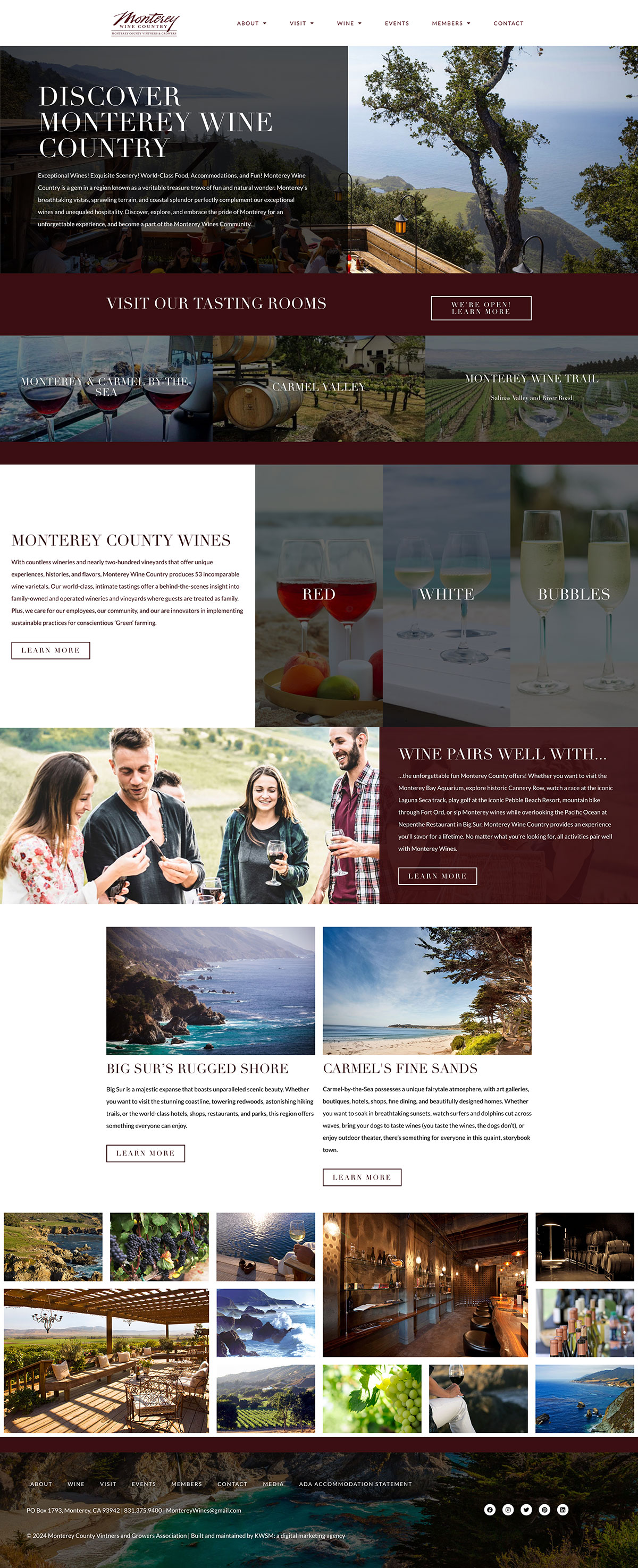
Those who grew up within the last sixty years, since the Golden Age of Advertising which defined the 60s, are hyper aware of the narrative of supposed untrustworthiness that comes with brand advertising. More than ever, consumers today have their guard raised.
Brand awareness has taken on an almost metanarrative existence, where consumers are not only aware of the brands behind the messages they receive on a daily basis but are also aware of the people behind those messages and their individual motivations.
Ironically, the most effective marketing campaigns I’ve seen over the last few years are the ones where marketing campaign managers lift the veil to admit something personal — sometimes along the lines of revealing themselves as twenty-somethings trying their best. (Take, for instance, Chewy’s approach to reach customers by offering behind-the-scenes looks into their office space.) Consumers respond to authenticity, and the expanding digital space means it is becoming more difficult to ignore the man behind the green curtain.
Brand journalism exists because brand trust is the crucial first step in building a connection with buyers. 88% of consumers say that authenticity is important to them when deciding what brands they like and support. Brand trust is built when businesses present themselves as knowledgeable, in-touch, relevant, relatable, kind, socially attuned, and authoritative. These are all goals of an effective brand journalism strategy.
What is Brand Journalism?
Brand journalism uses the best aspects from both content marketing and traditional journalism. Journalists conduct interviews, ask good questions, and know how to follow the throughline of a story from its beginning and to a satisfying conclusion, leaving the audience with an impression that will stay with them for a long time to come.
The goal of traditional journalism is to disseminate accurate information, based on the subject matter authority you have, in a channel appropriate for your intended audience. The same can be said of brand journalism.
An effective brand journalism strategy requires combining content marketing with the thoughtfulness and human reaching power of traditional journalism.
Brand Journalism and Your Online Presence
I tend to admit to others that I don’t watch television news. This is predominantly because the news has an uncanny way of finding me (and not just because most people, upon hearing my confession, find it necessary to then verbally convey the latest updates to me).
I know there is no such thing as an “average consumer,” but in the instance of not watching television news, I follow trends. According to Pew Research, fewer Americans rely on television for news, and most Americans receive information through their digital devices. Twenty years ago, getting on television or in large publications was difficult and expensive. Now, publishing stories on digital platforms is simpler, cheaper, more effective, and there is more of it to go around. A lot more.
Consumers in 2023, especially those in the demographic with the most amount of disposable income (Generation X and Millennials), have almost unlimited access to digital content and can now choose more segmented channels of information. Once upon a time, as marketers, we had to approach the large gatekeepers of journalism, be it through television, radio, print journalism and the likes, to tell our stories. Nowadays, we curate our own gates and the keepers who stand guard. For the most part, this has been a positive change. Those who consume media have a wide access to voices and perspectives they may have not had the chance to encounter twenty years ago.
Any information that is true, from a place of authoritative, and purposeful is journalism. As long as the information meets these criteria, it is valid journalism and therefore, anyone can create journalism. Your neighbor who posts updates to a local message board is creating journalism. Brands are additionally reputable sources of information.
Sometime ago, brands discovered that it was better to join the cultural conversation in the area they’d like to be in, rather than to wait for mainstream channels to tell them where they belonged. Thus, the Internet and its broad access to publication tools and user-generated content brought about the birth of digital brand journalism.
Brands are now able to create print materials, digital blogs, social media, press releases, video content, photography, and user-generated experience content, and in my opinion, many of them do it with all the excellence, authority, and compellingness of traditional media – more-so, in many ways.
The Future of Brand Journalism
As a copywriter, the first principle I apply when creating any piece of content, be it creative or for business, is to assume that people are smarter than I give them credit for being. In the creative process, we are taught that viewers can extract the general from the particular. When consuming brand journalism, readers do this acutely, subconsciously, and with a great deal of scrutiny. The less brand journalists try to fool their audiences, the better the content resonates.
Brand journalism is not only the best way forward, it is the only way forward. Audiences have access to more information, theories, and worldviews than they ever had before. The marriage of brand stories and consumer purchasing decisions is a marriage consumers embrace and marketers cannot run from, especially on the precipice of AI generated content.
Artists and writers alike are looking toward the advent of artificial intelligence with a close eye — so are the large digital entities like Meta, Google, Amazon, and the likes. If the digital space is destined to be saturated with AI generated content, artists and writers are uniquely positioned to tell human stories.
Marketers who keep their ear to the ground, challenge the status quo, ask good questions, and contribute good in the world will create quality content and be rewarded with the effectiveness of their strategy and the overall connection with those in their community.
88% of consumers say that authenticity is important to them when deciding what brands they like and support.
Our team can help you craft a brand voice that is authentic to your business and resonates with your audience. When KWSM creates your messaging strategy, we draw out your brand’s personality and help you nail your brand voice. CONTACT US to learn more about creating the results you’re looking for with an effective brand journalism strategy.











